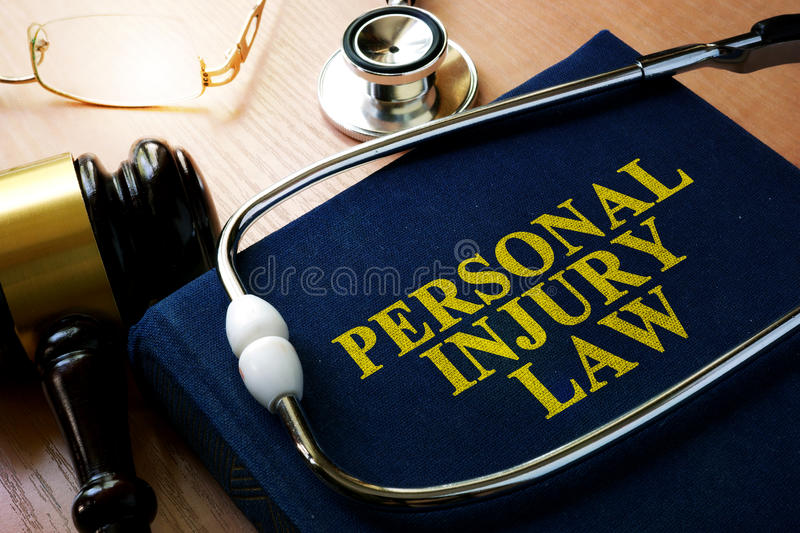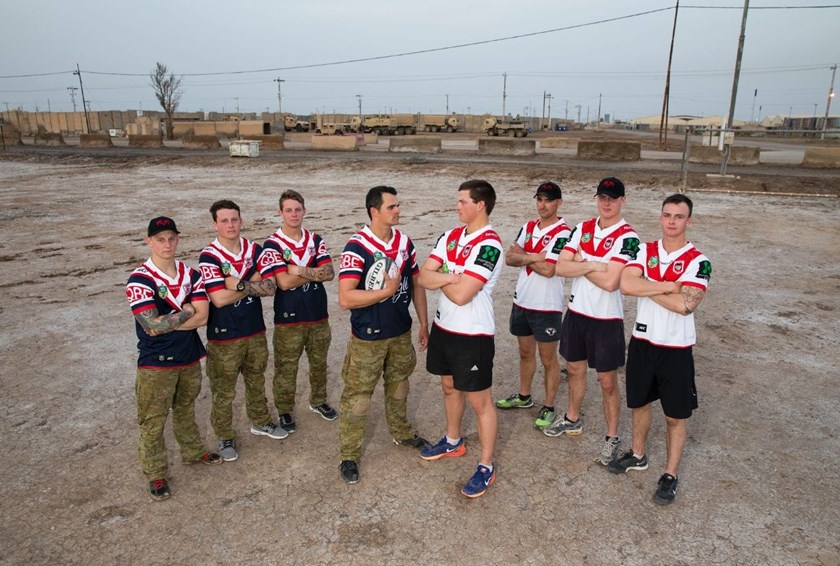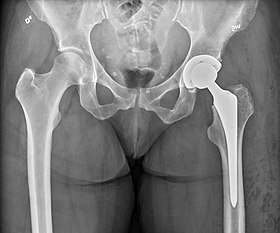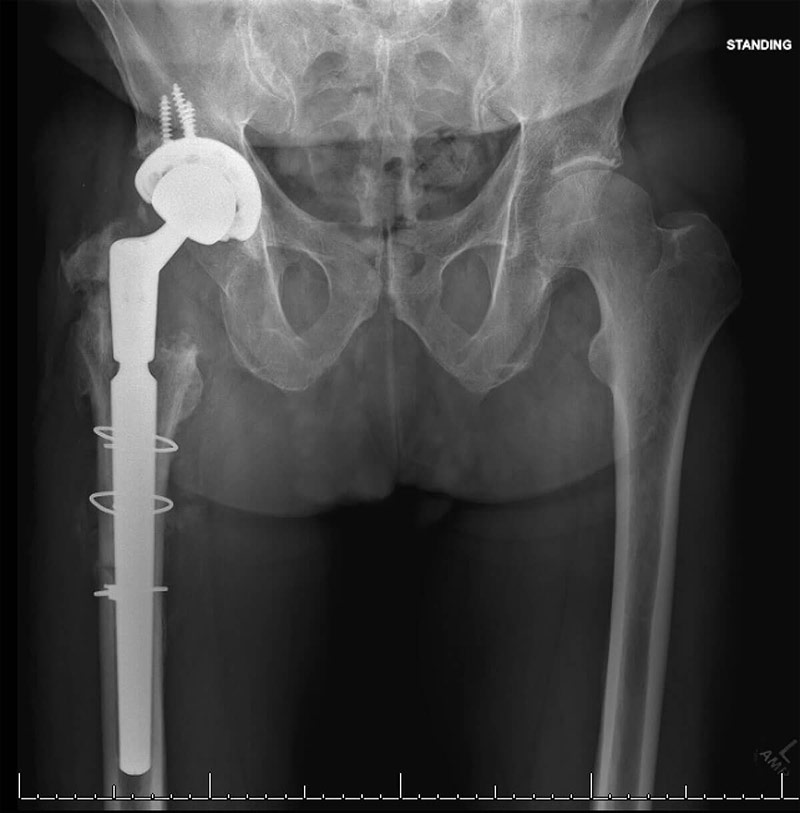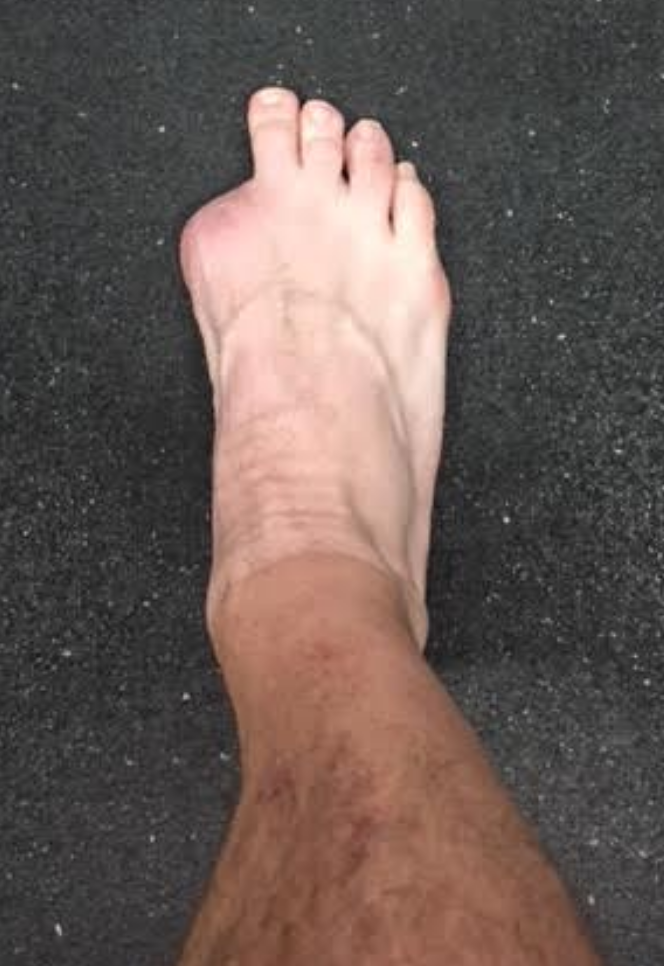Case Vignette – February 2022
The Features Some Plaintiffs Suffer
I saw a fellow recently who had been working in western Queensland as a helicopter musterer for about 11 years. He had obviously started early because he was only 30 years of age when the accident occurred. He had been executing hair-raising manoeuvres through a heavily wooded forest in search of the final beast or two. He thought he would sleep better at night if the herd was complete.

The inevitable happened and the helicopter did crash. Fortunately, there was no fire although had there been, the smoke may have brought his helpers to his side more rapidly.
Instead, he sustained a severe thoracic spinal injury and was rendered immediately and completely paraplegic. He was able to use his upper limbs to drag himself from the wreckage and shelter beneath a large ironbark tree. The accident occurred on dusk and the night brought heavy rains and freezing cold, since it was July.
He realised the severity of his injury and genuinely thought that he was going to die in that remote location. He nearly did. Two full days elapsed before the rescue team found him.
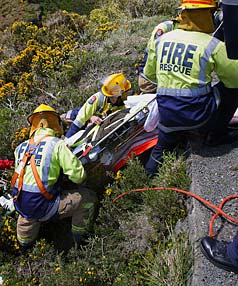
By then, his lower half was covered in excrement, he had almost been eaten alive by ants and he was delirious with hunger and thirst.
I met him for his medicolegal examination four years later. His face was suntanned, his upper limbs were strong and equally brown and his wife of seven years accompanied him. Although he was confined to his wheelchair, it did seem that most other facets of his life were back on track.

So harrowing was his experience, I encouraged him to write a book. I genuinely hope he does.





